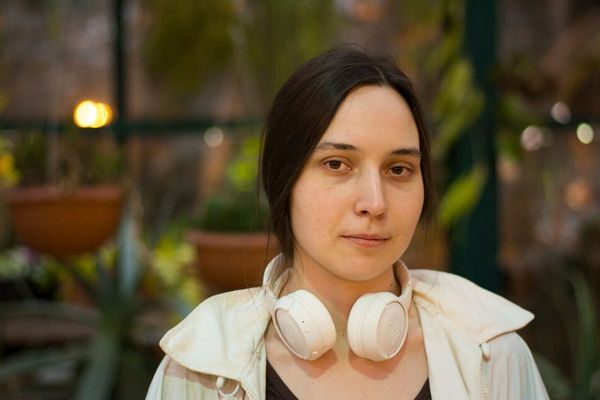
Chinese smartphone maker OnePlus launched its first phone, the OnePlus One, in India in November last year. At the time, it was riding high on the popularity of the custom Android version called Cyanogen operating system (OS). Along the way, OnePlus and Cyanogen separated, and the phone maker went on to launch its own version of the Android OS, called Oxygen. Its latest smartphone, the OnePlus X, runs this software. The phone is priced at Rs.16,999 (Onyx) and Rs.22,999 (Ceramic), and while it looks a lot like some of the previous generation iPhones, it has the specifications of the OnePlus One. However, we aren’t very sure that that combination works at this price.
Design: classy but too glossy

Despite the glass body, OnePlus has managed to keep the phone’s weight well in check. At 6.9mm and 136g, it is thinner and considerably lighter than its closest rival, the Moto X Play. But the Moto X Play, 10.9mm thick and 170g in weight, feels handy thanks to its curved back design and rubberized polycarbonate cover.
Display: vivid but natural
The device comes with a 5-inch AMOLED display with Full HD 1,920x1,080 resolution. It looks sharp and vivid but doesn’t try to exaggerate the colours for visual effect, so the colours in videos and games look more natural. The display is a bit reflective but the auto brightness handles the variations in ambient light well. The only niggle in this otherwise good display is that it is as glossy and smudge-prone as the back panel.
The Moto X Play has a 5.5-inch AMOLED display with 1,920x1,080p resolution. It has slightly richer colours and its bigger screen size makes games and videos a lot more enjoyable.
Software: basic but more customizable than plain Android

Like the OnePlus X, the Moto X Play also runs the plain Android 5.1 OS, but with fewer customization options.
Performance: smooth but average battery backup
The phone runs on Qualcomm’s old but powerful Snapdragon 801 quad-core processor, which drives several mid-range smartphones, including the Xiaomi Mi4. It has been paired with 3 GB of RAM. It doesn’t suffer from the heating issues that are common in phones with a glass body and sleek exterior. It also handled multitasking and games like FIFA 15 without hiccups.
The Moto X Play, which runs Qualcomm’s Snapdragon 615 octa-core processor with 3 GB RAM, is equally efficient and capable with games. The key difference is that while the X Play runs the 64-bit processor, the OnePlus X has a processor that is essentially a couple of years old. The OnePlus X processor does not fully utilize the RAM capabilities and will not be able to take advantage of speed boosts with newer software.
The 2,525 mAh battery is not the most powerful though and barely lasted a full day on a single charge. The X Play’s 3,630 mAh battery is significantly better, offering a bit more than a day of use on a single charge.
The OnePlus X supports 4G, and has two nano SIM slots, one of which can also double up as a microSD card.This might prove useful though, because the OnePlus X has just 16 GB internal storage.
Camera: fast and capable

The Moto X Play has a brilliant 21-megapixel camera, and while the auto focus isn’t always brilliant, it can still pull out some very rich and detailed photos.
Verdict
The OnePlus X is that rare phone for those who want a small-screen Android device, given that almost all phones now sport screen sizes of more than 5 inches.
But if that is not the criteria, we believe the Moto X Play, priced at Rs.18,499 (16 GB) and Rs.19,999 (32 GB), is a better option—its battery lasts longer, it has a newer processor, and it looks good too.







